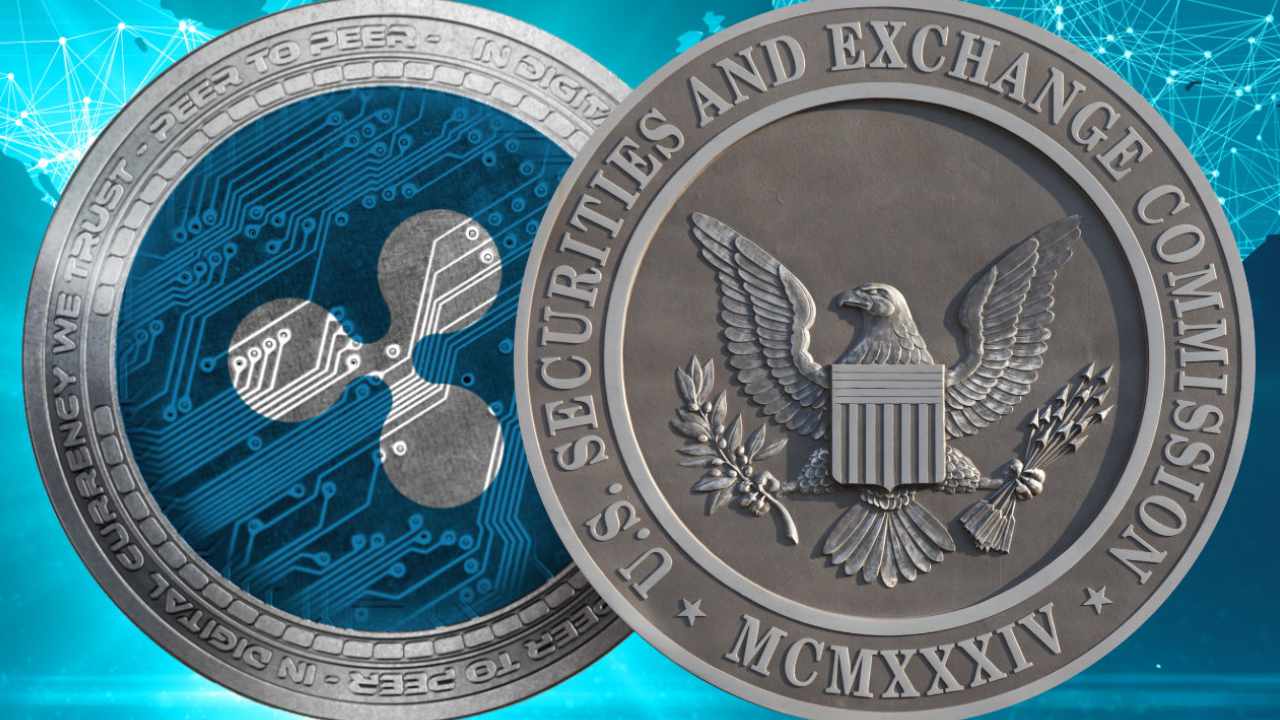The legal battle between Ripple Labs and the U.S. Securities and Exchange Commission (SEC) has become a defining moment in the cryptocurrency industry, with recent developments reshaping the landscape of digital asset regulation. The rejection of a proposed settlement by U.S. District Judge Analisa Torres has sent ripples through financial and crypto markets, signaling that the fight over XRP’s legal status is far from over. This decision underscores the complexities of regulating digital assets and the challenges of balancing innovation with investor protection.
The Heart of the Conflict: A Brief Background
The conflict between Ripple and the SEC began in late 2020 when the regulatory agency accused Ripple of conducting an unregistered securities offering through the sale of XRP. Ripple argued that XRP should be classified as a currency or utility token rather than a security, distinguishing it from initial coin offerings (ICOs) that had previously faced legal scrutiny. Judge Torres delivered a nuanced ruling, determining that while institutional sales of XRP violated securities laws, programmatic sales—those conducted on public exchanges—did not. This distinction marked a significant milestone in crypto litigation but left unresolved questions about the broader regulatory framework for digital assets.
The Proposed Settlement: What Was on the Table?
In a surprising turn of events, Ripple and the SEC jointly requested court approval to settle the case with a significantly reduced penalty. The SEC proposed lowering Ripple’s fine from $125 million to $50 million and sought to modify or lift a permanent injunction that would restrict certain company actions. Both parties argued that continued litigation would prolong uncertainty in the market and incur substantial legal costs. However, Judge Torres denied the motion, citing procedural errors and emphasizing that settlements in high-profile cases must align with public interest standards rather than the convenience of private litigants.
Judge Torres’ Reasoning: More Than Just Procedure
While procedural flaws were the official reason for the denial, legal analysts suggest that Judge Torres’ decision reflects a deeper concern about the precedent-setting nature of the case. The judge has previously emphasized that judicial decisions in digital asset regulation extend beyond the immediate parties involved, shaping future legal interpretations. Her rejection of the settlement indicates that any agreement must provide sufficient legal justification and clarity, rather than merely resolving the dispute between Ripple and the SEC.
What Does This Mean for Ripple, the SEC, and the Crypto Industry?
Ripple: Stalled, But Not Broken
Ripple’s hopes for a swift resolution were dashed by the court’s decision, leaving the company in a precarious position. While Ripple retains a partial victory in the distinction between institutional and programmatic sales, the broader regulatory uncertainty persists. Investors reacted negatively to the news, with XRP’s price dipping by 3%, reflecting renewed market uncertainty. Ripple must now navigate the legal landscape carefully, as any misstep could further complicate its position.
The SEC: No Easy Victory
The SEC’s willingness to compromise in the proposed settlement highlights its flexibility, but the court’s rejection exposes the limitations of regulatory enforcement. The SEC has faced criticism for its approach of “regulating by enforcement” rather than providing clear guidance to the crypto industry. This setback may increase pressure on the agency to clarify its stance on digital assets, potentially leading to more structured regulatory frameworks in the future.
The Crypto Sector: Cautious and Watching
The crypto industry is closely monitoring the developments in the Ripple-SEC case, as it sets a precedent for how securities laws apply to digital assets. The court’s scrutiny of the proposed settlement signals that any attempts at rapid, behind-the-scenes deals in precedent-setting cases will face intense judicial review. For crypto companies operating in the U.S., the case remains a critical reference point for navigating regulatory compliance. The uncertainty may persist, but each legal twist offers valuable insights for industry participants.
The Legal Tightrope: Programmatic vs. Institutional Sales
Judge Torres’ ruling introduced a critical distinction between programmatic and institutional sales of XRP, which has significant implications for market participants. While everyday investors trading XRP on public exchanges may have greater legal protection, institutional purchasers and direct deals involving Ripple remain in a legal gray area. This bifurcated approach does not provide the sweeping clarity many had hoped for, and the judge’s skepticism toward an easy settlement indicates a desire for more rigorous legal analysis.
Next Steps and Tactical Maneuvers
With the joint motion rejected, both Ripple and the SEC must revisit their strategies. Legal commentators expect revised briefs and a possible new settlement proposal that addresses both procedural and substantive concerns. Judge Torres’ decision provides an opportunity for both parties to correct their approach and present a more comprehensive legal rationale. If a revised agreement fails, Ripple may consider appealing the decision, while the SEC could pursue stricter penalties or broader injunctions. Either path would extend the legal saga, but each step contributes to the evolving regulatory landscape.
Looking Beyond the Courtroom: The Ripple Effect
The Ripple-SEC case extends beyond the immediate parties involved, influencing the broader crypto industry. Companies developing and trading digital assets are closely watching the proceedings as a bellwether for future enforcement actions. For investors, the case underscores the importance of caution, as market sentiment can be significantly impacted by legal developments. The financial innovation often outpaces legislation, and the court’s refusal to expedite a settlement serves as a reminder that regulatory issues require careful, public scrutiny.
Conclusion: The Saga Continues
Judge Torres’ rejection of the Ripple-SEC settlement bid ensures that the battle over XRP’s legal status remains a central focus in the financial and technology sectors. While both parties attempted to reach a pragmatic resolution, the legal system demands a more rigorous process, clear logic, and respect for public clarity in the law. The search for real legal clarity—for XRP and beyond—promises to be a long, contentious, and highly watched journey. Until the next chapter unfolds, industry insiders, investors, and regulators will continue to parse every court filing and ruling for insights into the future of digital asset regulation.





